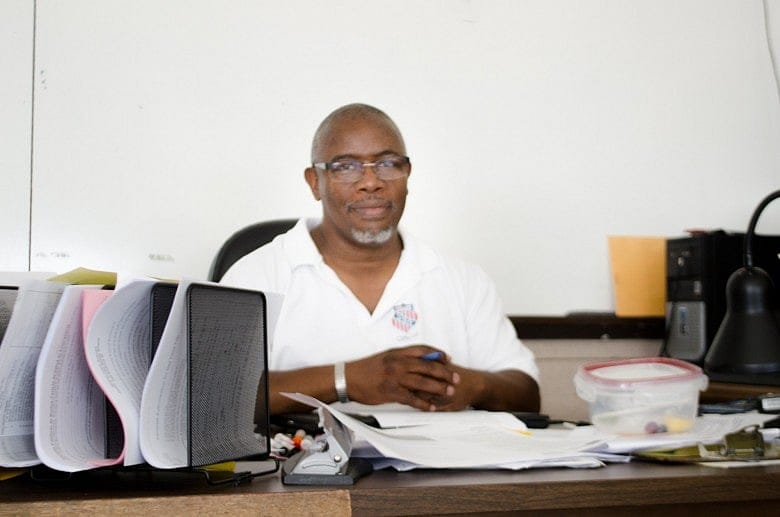Daunting challenges for Boston Public School teachers

Boston is the birthplace of our nation's public education. The city's public schools are comprised of 128 schools with 57,000 students. It is a diverse amalgam of 40 percent Hispanic, 35 percent black, 13 percent white, and 9 percent Asian students, representing over 100 different countries. The ratio of BPS teachers is 62 percent white, 21 percent black, and 10 percent Hispanic. Although Boston is a vibrant and innovative city, 78 percent of students come from low-income households. We asked three BPS teachers for their perspectives on the challenges they face in their classrooms, and how they foster student achievement in difficult surroundings.
Roxbury civics teacher encourages the discouraged

